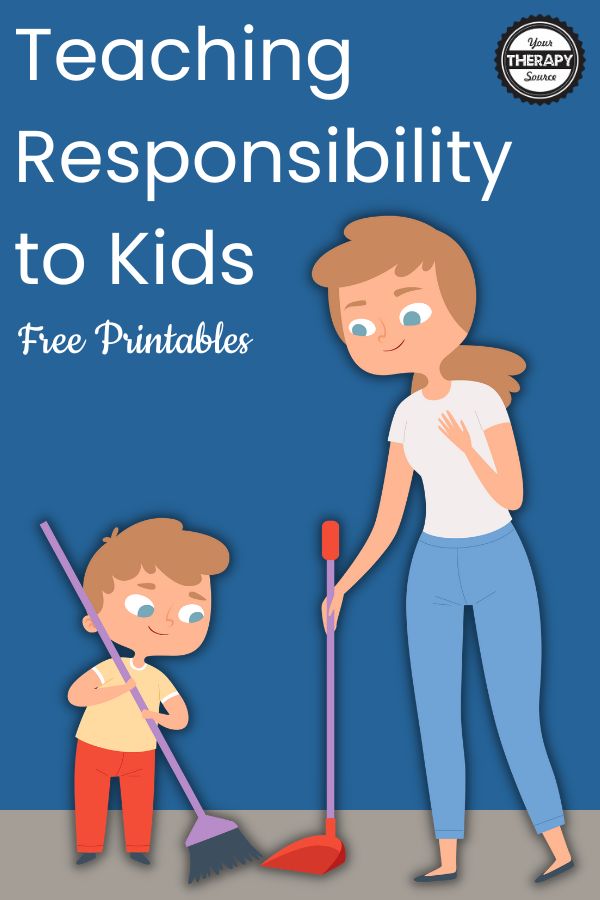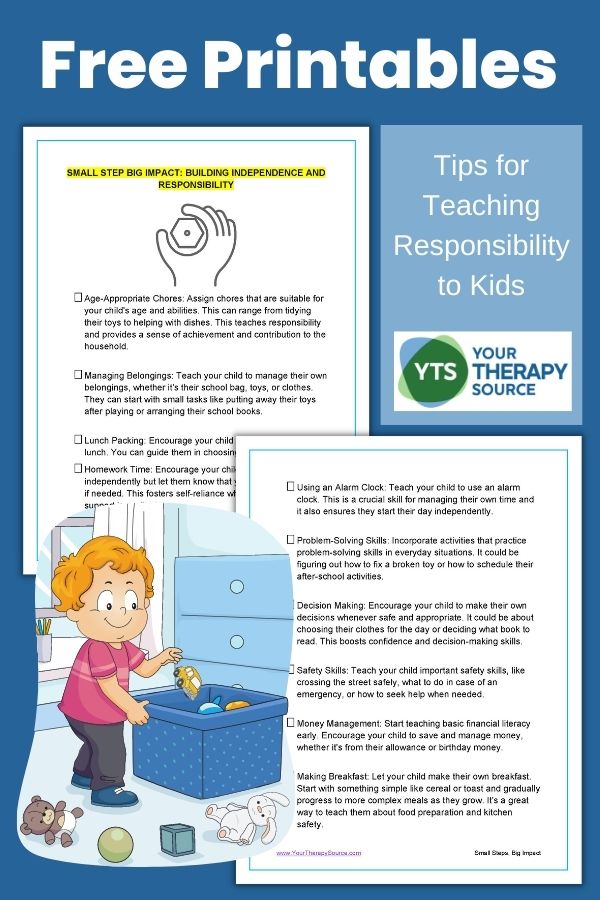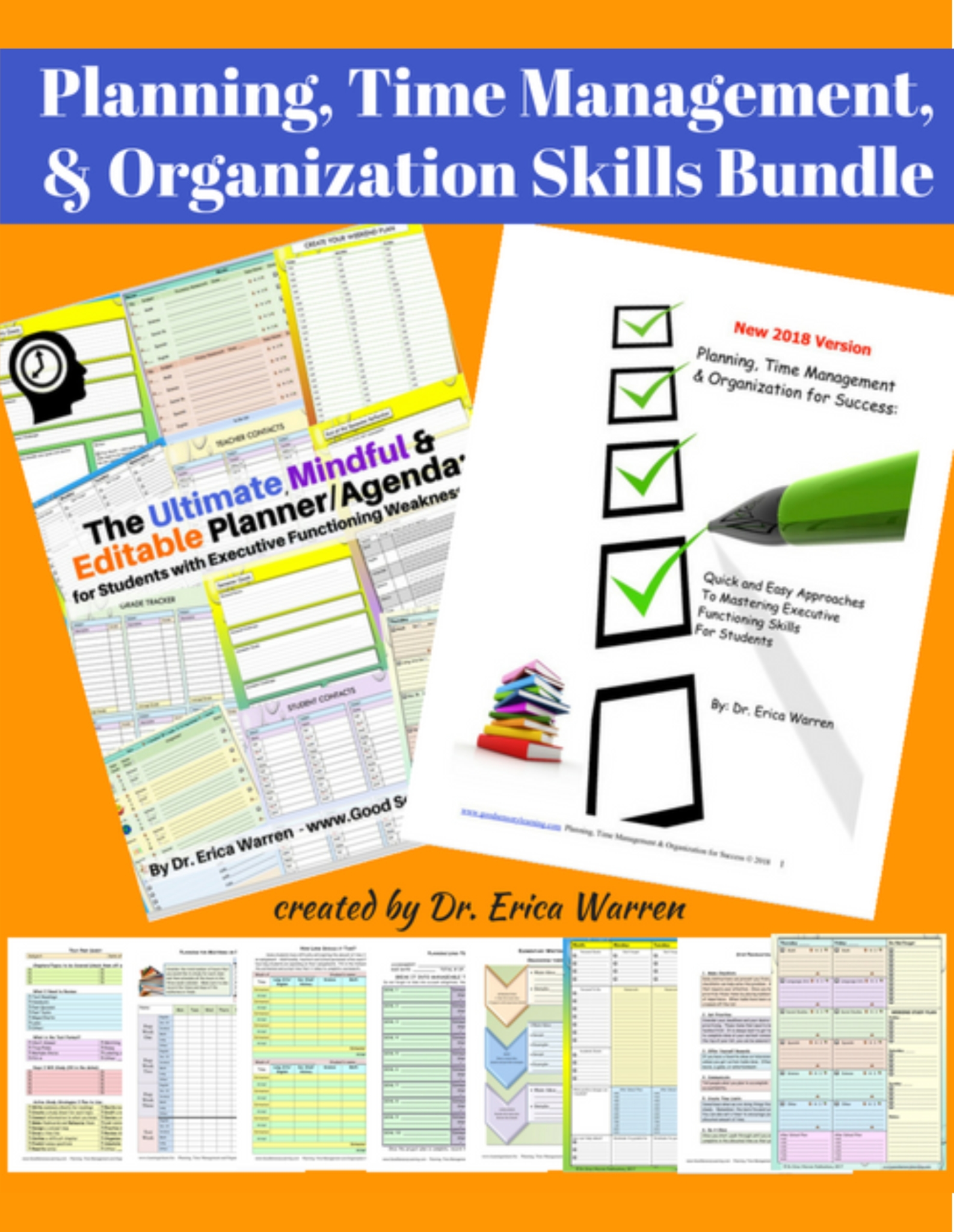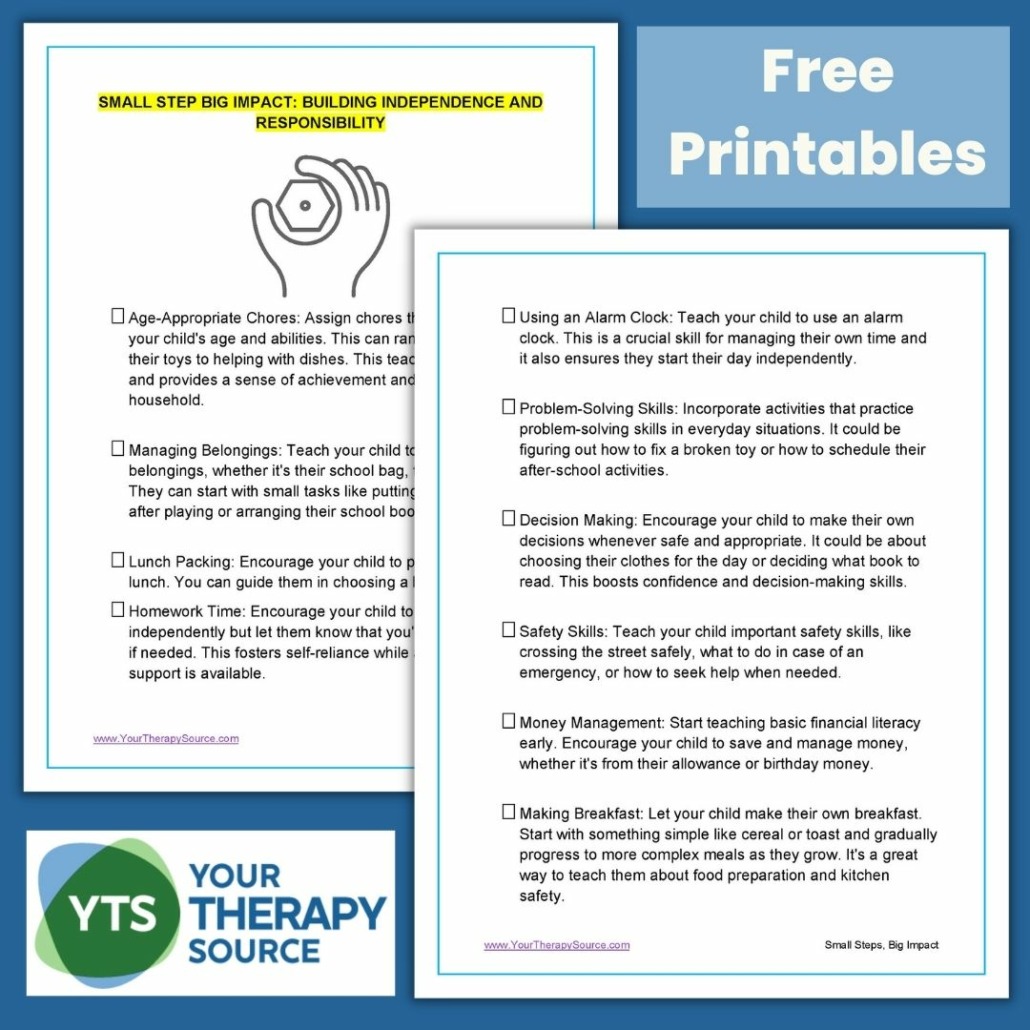Teaching Responsibility to Children

Teaching responsibility to our children is one of our most important tasks as parents and educators. From a young age, it’s crucial to instill responsible behaviors that will help our kids grow into capable, independent adults. By laying the groundwork for personal responsibility, we not only prepare our children for the challenges of life but also instill important character traits that will serve them well in the future. You can download a FREE two page handout with easy to implement strategies to help teach children responsibility at the bottom of the post. The handout is from the ebook Small Steps, Big Impact: Everyday Parenting Strategies for Lifelong Success.

Small Steps, Big Impact: EBook
Why is Teaching Responsibility Important?
Teaching responsibility is an essential part of raising children into responsible adults. It’s an important character trait that helps them understand that their actions have consequences and that they must take ownership of their own actions. When we model responsibility and encourage our kids to make responsible choices, we’re equipping them with tools they’ll use their entire lives.
It also helps in fostering a sense of self-esteem and confidence. By giving students tasks they can accomplish and applauding their efforts, we show them they are capable, trustworthy, and valued. This goes a long way in shaping their self-perception and their approach to challenges, from household chores to term papers.
But how can we go about teaching responsibility effectively?
Start From a Young Age: The Best Way to Instill Responsibility
Starting from a young age, we can encourage kids’ responsibility by involving them in daily tasks. Children are naturally eager to help and learn, and giving them small responsibilities like picking up toys or feeding a pet provides an excellent foundation for understanding the value of responsibility. This can evolve into more significant tasks like completing chores or homework as they grow older.
For younger children, visual aids like chore charts or morning checklists can be a great way to guide them. You can download a FREE handout below to encourage teaching responsibility to your children on a daily basis from our eBook Small Steps Big Impact Everyday Parenting Strategies for Lifelong Success.
Model Responsibility: Show Them the Way
Remember, kids are excellent imitators, and one of the best ways to teach responsibility is to model responsible behavior ourselves. Show them what it means to take care of household tasks, to keep commitments, and to admit when we make mistakes. Our actions speak louder than words, and they learn best by observing us.

Natural Consequences: Lessons from Life
Natural consequences serve as an effective teaching tool when it comes to teaching responsibility. For instance, if a child doesn’t do their laundry, they might find themselves without clean clothes to wear. If homework is not done on time, they might lose marks or face the teacher’s displeasure. It’s crucial to help them see the connection between their actions and the results.
Goal Setting and Responsibility
Teaching responsibility also involves guiding children in setting and working towards their own goals. This could be as simple as reading a book within a week or scoring better in the next math test. Guiding them in setting realistic goals and supporting them in achieving these can be a powerful way of demonstrating the value of responsibility.
Encouraging Responsible Behavior at School
Schools also play a vital role in teaching responsibility. From organizing their backpacks and completing assignments on time, to treating others with respect and working well in group settings, schools offer a myriad of opportunities to instill responsible behavior in students.
Responsible students also make the best use of office hours, asking questions when they don’t understand something, and they’re diligent in studying for final exams instead of cramming at the last minute. This extends to high school students managing their time effectively to balance academics, extracurricular activities, and part-time jobs.
What does it Mean to be Responsible at Home?
Being responsible at home goes beyond completing chores. It includes respecting shared spaces, managing screen time, being honest, and demonstrating consideration for other family members’ needs and feelings. Older children can take on more responsibilities, such as cooking a meal or helping younger kids with their homework.
Our Kids Chore Checklist is a fantastic tool to involve children in household tasks in an engaging way.

Planning, Time Management, and Organization Skills Bundle
Being Responsible in the Classroom
Teaching responsibility in the classroom involves cultivating a culture where every student understands their role and contributions to the learning environment. When we talk about being responsible in the classroom, we’re referring to a host of behaviors and actions that go beyond just completing assignments on time.
Being responsible means showing up prepared, including completing any pre-class assignments, bringing necessary materials, and having a mindset ready for learning. It’s about respecting the rules laid out for the classroom, which can range from keeping noise levels in check, to handling equipment and materials carefully, to staying attentive during lessons. These important character traits help maintain a conducive learning environment for everyone.
Furthermore, being responsible also involves treating peers and teachers with respect. This includes listening attentively when others are speaking, being mindful of different perspectives, and collaborating effectively on group tasks. It’s about being empathetic and understanding towards the feelings and views of others, fostering a sense of community and inclusivity in the classroom.
An active participation in the class is another crucial element of classroom responsibility. It’s not enough to simply be physically present in the classroom; students also need to be mentally engaged. Active participation means asking questions when unsure, contributing ideas during discussions, and being an effective group member in project tasks. Active participation is a key way for students to take charge of their learning, show initiative, and demonstrate their understanding.
Students also show responsibility by staying organized. This involves keeping track of assignments, managing their study schedule, and ensuring their workspace is orderly. Good organizational skills lead to improved productivity and reduce the stress that comes with last-minute rushes or missing items.
Time management is another key aspect of responsible behavior. Responsible students prioritize their tasks, allocate adequate time for studying, and balance their academic and personal commitments effectively. By learning to manage their time effectively, students develop a critical life skill that prepares them for future responsibilities.
Lastly, taking care of their learning is critical to being a responsible student. This involves actively seeking help when needed, taking the initiative to delve deeper into their interests, and recognizing that the onus of their education ultimately lies with them. Students become more motivated, resilient, and prepared for lifelong learning by taking ownership of their learning.
Teaching responsibility in the classroom involves instilling students a wide range of skills and character traits. Through consistent practice and reinforcement, these traits can be ingrained in students, equipping them to be responsible students and, ultimately, responsible people.
10 Strategies for Teaching Responsibility to Kids
Here are 10 simple tips for teaching responsibility to children at an early age. You can download a FREE two page printable at the bottom of this post to use these tips as a visual support to instill good habits.
- Age-Appropriate Chores: Assign chores that are suitable for your child’s age and abilities. This can range from tidying their toys to helping with dishes. This not only teaches responsibility but also gives them a sense of achievement and contribution to the household.
- Managing Belongings: Teach your child to manage their own belongings, whether it’s their school bag, toys, or clothes. They can start with small tasks like putting away their toys after playing or arranging their school books.
- Lunch Packing: Encourage your child to pack their own lunch. You can guide them in choosing a balanced meal and this also provides an opportunity to teach them about nutrition.
- Homework Time: Encourage your child to do their homework independently, but let them know that you’re available to help if needed. This fosters self-reliance while assuring them that support is available.
- Using an Alarm Clock: Teach your child to use an alarm clock. This is a crucial skill for managing their own time and it also ensures they start their day independently.
- Problem-Solving Skills: Incorporate activities that practice problem-solving skills in everyday situations. It could be figuring out how to fix a broken toy or how to schedule their after-school activities.
- Decision Making: Encourage your child to make their own decisions whenever safe and appropriate. It could be about choosing their clothes for the day or deciding what book to read. This boosts confidence and decision-making skills.
- Safety Skills: Teach your child important safety skills, like crossing the street safely, what to do in case of an emergency, or how to seek help when needed.
- Money Management: Start teaching basic financial literacy early. Encourage your child to save and manage money, whether it’s from their allowance or birthday money.
- Making Breakfast: Let your child make their own breakfast. Start with something simple like cereal or toast and gradually progress to more complex meals as they grow. It’s a great way to teach them about food preparation and kitchen safety.
The Bottom Line
Teaching responsibility isn’t a one-time event but an ongoing process that evolves as your child grows. By giving them appropriate responsibilities and guiding them through the process, we help our kids understand the importance of being responsible. The goal is to prepare them for the wider world, where their ability to take responsibility will be key to their success.
Don’t forget to take small steps, celebrate progress, and remember, it’s never too early or too late to start teaching responsibility. You’ve got this!



